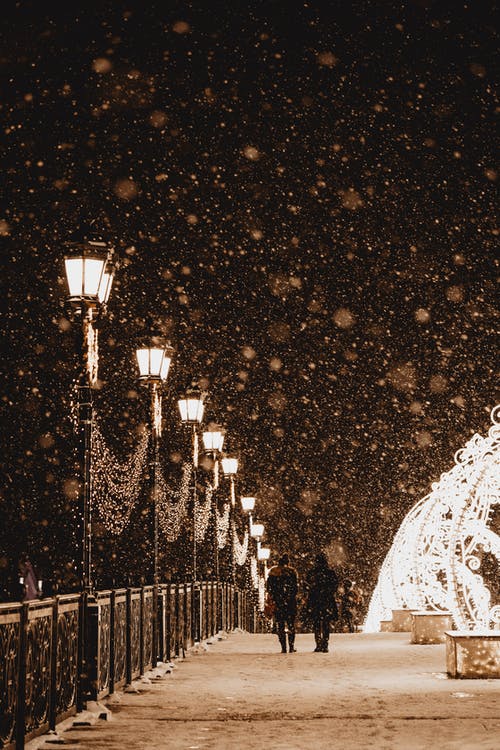Isn’t it wonderful how important street lights have already been in setting the tone of every movie we’ve seen? Yes, you read that correctly. In truth, Hollywood devotes a significant amount of time, effort, and money on producing the ideal lighting for each film scene.
Lights are well worth the time and effort and time invested in them. So, even if you’re attempting to light up a big highway or neighbourhood with street lights or creating your patio or yard with street lamps, it’s important to know if you’re using the proper type of lighting.
Light bulbs come in a variety of shapes and sizes, and they’re utilized in a variety of lighting fixtures. Some are designed specifically for outdoor light sources, while others are more general and can be utilized in a variety of settings.
Continue reading to learn about each kind of street light bulb, from the oldest to the most recent invention.

Incandescent Light
For street lamps, incandescent light fixtures are being phased out and substituted with more energy-efficient alternatives. The great Thomas Edison developed this sort of light in 1879, and it was utilized to substitute arc lights.
Despite the fact that it is not recommended for use, some cities continue to use this type of light source because it has a nostalgic impact of the “old time” when people were going through the so-called “Period of Change.”
As you can see, they’re still cute and attractive, but they’re not particularly useful for street illumination. Let’s take a closer look at why it is.
Tungsten-halogen filaments, which are often used in stadium and theatres, are employed in incandescent street light fixtures. They have a higher efficiency, brightness, and colour rendering than other kinds of bulbs, but their lifetime is shorter.
Fluorescent Lamp
Fluorescent light sources for street lights first became widespread in the 1940s. The tubular shape of an antique fluorescent light bulb makes it easy to identify.
A metallic electrode is encased in both ends of this kind of street light bulb. Argon and mercury gasses are contained within the tube, which aid in the ignition of the lamp. Fluorescent street light sources provide a lot of UV rays, but only a little visible light.
They are much more efficient than incandescent lights in general, although they emit a lot of ultraviolet radiation. As a result, they are not very cost-effective or environmentally friendly. Their lifespan varies between 7,500 and 20,000 hours.
LED Street Lights
The much more energy-efficient alternative for outdoor illumination is an LED street light bulb. It not only has a long lifetime (50,000 hours), but this does not release harmful chemicals such mercury lamps.

LED lights are now favoured over CFL lights for solar street lighting and incorporated solar street lights. It does have a high light quality of roughly 80 LM/watt, compared to 58 LM/watt for typical street lights.
Mercury Vapor
Mercury vapor florescent bulbs were created for street lights just about a decade after fluorescent street lamps were debuted. It was a substantial upgrade over the previous fluorescent and incandescent lamps.
Only a few mercury vapor street lamps remain today, as the majority of them have been replaced with more energy-efficient sodium bulbs.
The bluish-green lighting of an older form of the mercury vapor light may be easily discerned, and many seem to detest it as a result.





